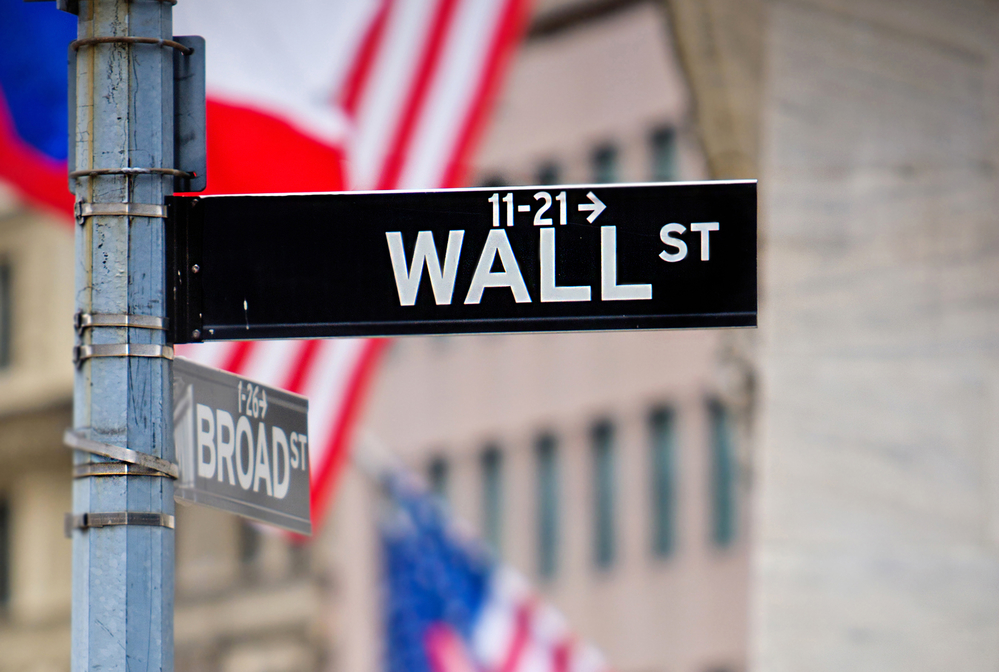
October 29, 1929. October 19, 1987. These are dates that live in infamy in the minds of investors. In two days in 1929, the Dow Jones Industrial Average (the Dow) dropped 25%, or $30 billion. In 1987, the Dow dropped 22.6% in a single day, the worst one-day loss in the history of the exchange.
The common denominator between the two events is that they occurred in October. These events and other smaller events that have occurred in October have created the belief among some investors that an October effect exists. The October effect is a theory that stock prices will fall in October.
But is the October effect real? History says no. From 1900 through 2014, the average return for the DJIA was 0.2%. While not necessarily a robust return, it does prove that the October effect is, at best, an isolated occurrence.
However, while history says no, October is traditionally marked by volatility. Since 1950 the S&P 500 has had more swings of one percent or higher during October. On the other hand, historical data also shows that October is more likely to be the end of a bear market rather than the beginning of one.
September is the worst month historically for stocks. Many investing historians will note that in 1929, the catalysts that set off the market crash occurred in September, but the market did not project that weakness until October.
How to invest based on the October effect
Before you decide on how to invest, you need to always keep in mind that your investment goals and risk tolerance work together and will change based on your time horizon. What may have been a prudent strategy five years ago may be too aggressive for your current situation.
The biggest reason to stay invested in the market during October is that more often than not, perception does not match reality. The market does not always decline in October. If you sell, you miss out on not only those gains, but you could also miss out on gains that tend to occur in November and December (the market goes up an average of 1.4% in December).
But what if the market does decline? One strategy to employ is simply to wait it out. Good stocks don’t suddenly become bad. If the company’s fundamentals still suggest the stock is being unfairly punished, and if that is supported by technical indicators, then the stock price will correct itself over time.
Another strategy that you can employ is to buy into the sell-off. While this strategy is not without risk, if you believe in the stock based on fundamental and/or technical analysis you can realize a significant gain by buying these stocks while they’re on sale.
Beware of election years
While the October effect is not more likely to occur during an election year, there can be an October surprise for certain sectors. Institutional investors tend to vote with their dollars. When the balance of power changes between the two political parties, it tends to favor certain sectors over others. Investors will frequently adjust their exposure to different sectors (buying into the perceived winners and selling the perceived losers) in advance of the election. Of course, if the polls are wrong and the election produces a surprise result, it can create some volatility in early November.
The market is unpredictable in any month
Investors can be superstitious. But superstitions frequently lead to poor investing decisions. For example, many investors anticipate a "Santa Claus rally" that is fueled by the belief that consumer spending during December combines with institutional investors trying to close positions for the year causing the market to soar. But in 2018, investors counting on a Santa Claus rally received a lump of coal instead. The market dropped by during the days
Trying to time the market at any time is nearly impossible. Trying to time the market based on historical coincidences is an easy way to lose money.
Perception can shape reality
Although statistics suggest that the October effect does not exist, many investors treat it as a fact. This creates a self-fulfilling prophecy in which investors sell their shares early in October to avoid what they see as an inevitable collapse. In a worst-case scenario, this creates enough selling momentum to cause a broad decline in stocks.
If you want to believe in scary things during October, there's always Halloween. If you want to watch something fall, try the falling leaves. But you shouldn't be too worried about the October effect. If you play your cards right, you may be able to profit from it.
Before you make your next trade, you'll want to hear this.
MarketBeat keeps track of Wall Street's top-rated and best performing research analysts and the stocks they recommend to their clients on a daily basis.
Our team has identified the five stocks that top analysts are quietly whispering to their clients to buy now before the broader market catches on... and none of the big name stocks were on the list.
They believe these five stocks are the five best companies for investors to buy now...
See The Five Stocks Here
Unlock your free copy of MarketBeat's comprehensive guide to pot stock investing and discover which cannabis companies are poised for growth. Plus, you'll get exclusive access to our daily newsletter with expert stock recommendations from Wall Street's top analysts.
Get This Free Report
Like this article? Share it with a colleague.
Link copied to clipboard.